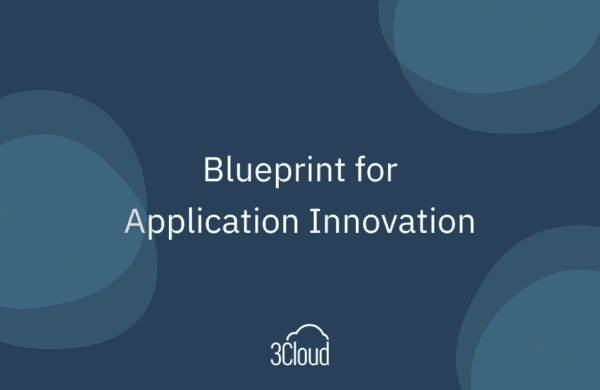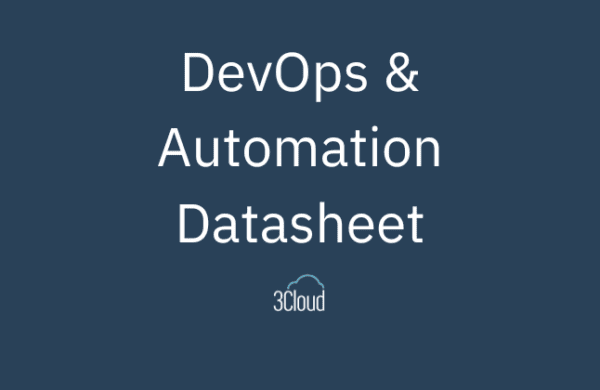Deploy changes to your software daily, or even hourly, with zero downtime. Get feedback from your users as soon as their requests have been coded. Minimize risk; maximize quality. Sound enticing? These are some of the promises of continuous software delivery, also known as continuous integration and continuous delivery (CI/CD). CI/CD has been around for a long time now, but it remains frustratingly out of reach for many organizations. Before we dive into why this is, let’s take a look at the real and tangible benefits of CI/CD.
Why Use Continuous Software Delivery?
Across industries, highly evolved CI/CD organizations reap the following benefits:
- Lower Risk
- When you release often, you release smaller sets of changes, which are easier to verify.
- CI/CD patterns, coupled with cloud tooling, enable the ability to deploy new code to alternate servers, test it, and swap those servers in when things look good.
- For web applications, cloud platforms allow transparent deployment so that active users can continue working even right in the middle of a deployment.
- Lower Costs
- A mature CI/CD pipeline makes it simple, fast, and safe to get new code into your environments.
- By eliminating much of the cost involved in manual deployments, staff can focus on delivering value instead of messing around with configuration, compilation, and packaging of releases.
- Higher Quality
- Part of the CI/CD philosophy is having automated tests that immediately sound an alarm when a breaking change has been introduced. This allows manual testing efforts to be focused on more meaningful activities like security, performance, and exploration.
- Quicker Time to Market
- When software is deployed often and regularly, changes can go from ideas to production code much faster.
- Faster Feedback
- Users can see their new ideas come to life faster, play with the product early, and give feedback sooner rather than later.
- Reduced Stress
- Teams don’t have to constantly stress out about broken deployments.
- Nobody gets stuck doing the manual grunt work of ensuring software is built, configured, and deployed correctly.
- Team members have more touch points with users, enabling more collaboration and better relationships.
It’s Expensive Not to Implement CI/CD
This is all great news! But you’re probably asking yourself, “OK, but what does it cost?” As mentioned earlier, establishing solid CI/CD practices is an elusive goal for many organizations. Often, failed attempts at bringing CI/CD in-house start with the idea that it can be bootstrapped from within. There is a lot to know, and there are a lot of opportunities to make mistakes. These mistakes are compounded over time because of the left-to-right nature of the delivery flow.
Fortunately, establishing industry standard, proven CI/CD practices is a very well-known problem space. When it comes to CI/CD, successful companies don’t waste time reinventing the wheel, and for good reason: making the wrong choices when establishing your CI/CD and DevOps practices can be extremely costly.
At the same time, you can’t afford to delay establishing some form of CI/CD. According to Zend, companies that invest in strong CI/CD practices realize a 21% increase in new software and services delivered, 22% improved quality of deployed applications, 19% increase in revenue, and 50% fewer failures. If you don’t invest in continuous delivery and its related practices, you are leaving money on the table compared to your competitors who have made this investment.
Continuous Software Delivery
Let us help you skip that headache. 3Cloud can help you choose, operationalize, and optimize the tools and platforms that enable continuous software delivery. From Azure DevOps to GitHub and Jira to GitLab, we’ve done it all and know the right choices that will save you time, money, and aggravation. We also go beyond simply recommending patterns and practices. We can help you identify areas within your applications that will resist efforts to becoming CI/CD enabled, develop strategies for modernizing, and assist in implementing those strategies.
Continuous delivery is powerful. It’s also a challenging journey. Choose a partner that can help you succeed every step of the way.




